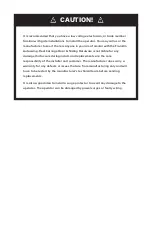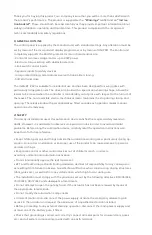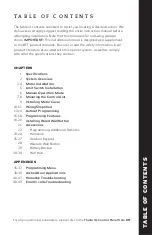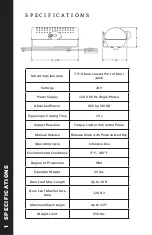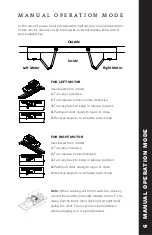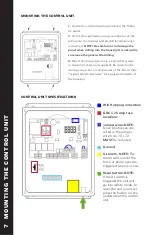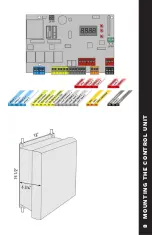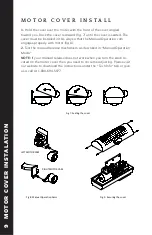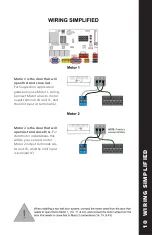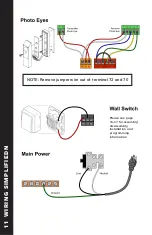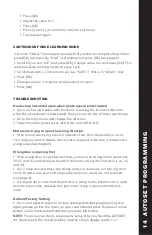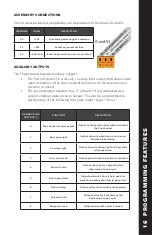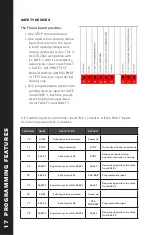
S Y S T E M O V E R V I E W
Below is an example of typical component placement and wiring. Please
note that the Control Housing must have holes drilled into it to run the
wires. UL Listed stress-relief connectors are recommended. Be careful
not to damage the panel when drilling into the housing! It is a good idea
to remove the panel while drilling. Refer to “Wiring Simplified” for more
detailed views of Control Panel connections. Surge protection and a
dedicated circuit are encouraged.
Typical System Overview
Below is an example of typical component placement and wiring. Please note that the Control Housing
must have holes drilled into it to run the wires. UL Listed stress‐relief connectors are recommended. Be
careful not to damage the panel when drilling into the housing! It is a good idea to remove the panel
while drilling. Refer to “Master Wiring Diagram” for more detailed views of Control Panel connec�ons.
Surge protec�on and a dedicated circuit are encouraged.
*Motors are low voltage. Use braided wire.
Increase wire gauge if motors mounted
more than 20’ from control housing.
**From lowest part of jamb to ceiling line.
A. Control Housing (dims 7.25” x 8.75” x 3.5”)
B. Left Motor
C. Right Motor
D. Receiver Photoeye
E. Transmitter Photoeye
F. Wall Pushbutton
G. 2-Button Remote Transmitter (2)
H. Antenna (for extra range applications)
TM
Franklin Autoswing Installation Manual
© 2012 Copyright Real Carriage Door Company, Inc
7
A.
Control Housing (dims. 9.5” x 11.5” x 5.75”)
B.
Left Motor
C.
Right Motor
D.
Receiver Photoeye
E.
Transmitter Photoeye
F.
Wall Pushbutton
G.
4-button Remote Transmitter (2)
H.
Extended Range Antenna (optional)
*Motors are low voltage. Use Stranded wire.
Increase wire gauge if motors mounted more
than 20’ from control housing.
** From lowest part of jamb to sealing
16ga/3*
22ga/5
16ga/3*
16ga/3*
2 S
Y
S
TEM O
VER
VIEW


